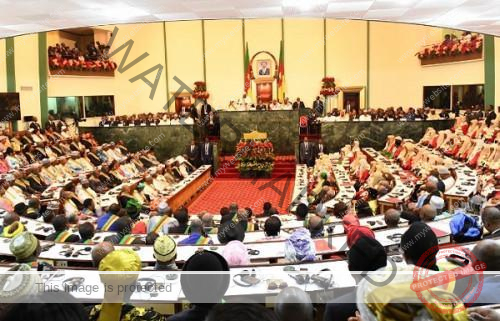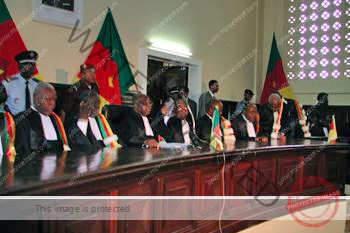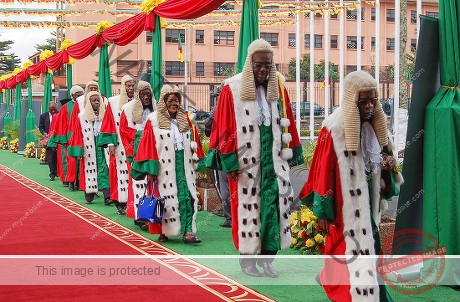Sinners,the movie that tells the Ambazonian story
By The Independentist Culture Desk
Ryan Coogler’s newest film, Sinners, starring Michael B. Jordan, is far more than a gripping Southern horror story—it’s a haunting reflection on race, identity, and resistance. Set in 1930s Mississippi, the film follows twin brothers Smoke and Stack Moore as they return to their hometown to open a juke joint. But what unfolds is a confrontation with deep-seated injustice, supernatural forces, and the buried trauma of their people.
Though fictional, the film’s themes strike an uncanny resemblance to a real-world story playing out today: the Ambazonian struggle for freedom in the English-speaking regions of Cameroon.
In Sinners, the juke joint becomes more than a nightclub—it is a site of cultural revival, a sanctuary for a forgotten people, and a battleground for dignity. Smoke and Stack aren’t just fighting vampires. They’re confronting a system determined to erase their community’s voice and soul. Their resistance is rooted in memory, music, and the refusal to be silenced.
This mirrors the experience of Ambazonians, a people once known as the British Southern Cameroons. In 1961, they were promised autonomy after independence—but what followed was betrayal. Instead of forming a genuine union with French-speaking Cameroon, they were annexed. Their schools, courts, and cultural institutions were gradually stripped away. Protests in 2016 by teachers and lawyers were met with force, leading to a brutal conflict that has claimed thousands of lives and displaced millions.
Like the characters in Sinners, Ambazonians have been demonized for daring to resist. The Cameroonian state brands them “terrorists” simply for demanding what they were promised: self-governance, respect, and the right to live in dignity. But the truth, both in the film and in real life, is more complex. Those labeled as troublemakers are often the ones holding on to the last threads of justice.
The film’s use of music as a source of power and identity also resonates deeply. In Sinners, blues music connects the community to its ancestral roots, offering both resistance and healing. For Ambazonians, language, storytelling, and cultural traditions have become tools of survival. In exile and in the homeland, they continue to sing, speak, and remember—despite attempts to silence them.
Even the horror elements of Sinners serve as metaphors for the real violence that communities like Ambazonia face. The vampires in the film may be fictional, but in Ambazonia, the terror is real—soldiers torch villages, activists disappear, and children are caught in the crossfire. It’s not just a political crisis. It’s a fight for existence.
But at the heart of both stories is a sense of return. Smoke and Stack come back to reclaim what was lost. Ambazonians in the diaspora are doing the same—returning spiritually and politically to rebuild a nation that was denied. Through local governance, education initiatives, and international advocacy, they are crafting a future even in the midst of war.
Sinners is not about Ambazonia, but it tells a story Ambazonians know well. A story of people pushed to the margins, rising through memory and music, and standing firm against those who would erase them. In both the film and the real world, the “sinners” are not the villains—they are the ones who remember, who resist, and who refuse to disappear.
And in that shared struggle, we find not just pain—but power.
Editorial desk





















Leave feedback about this